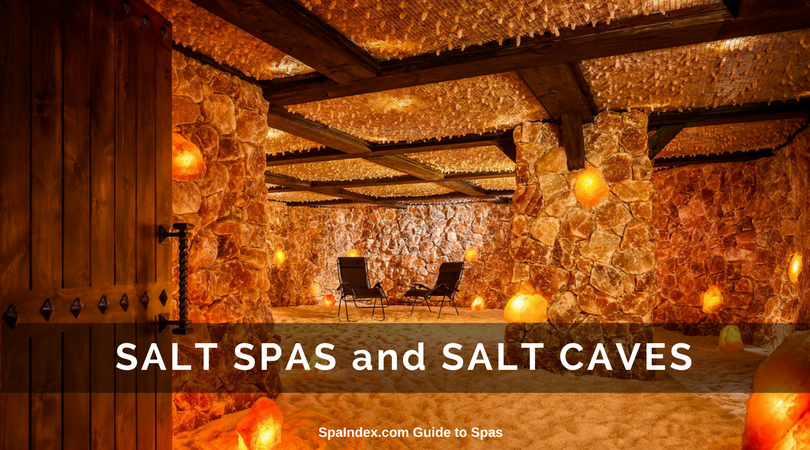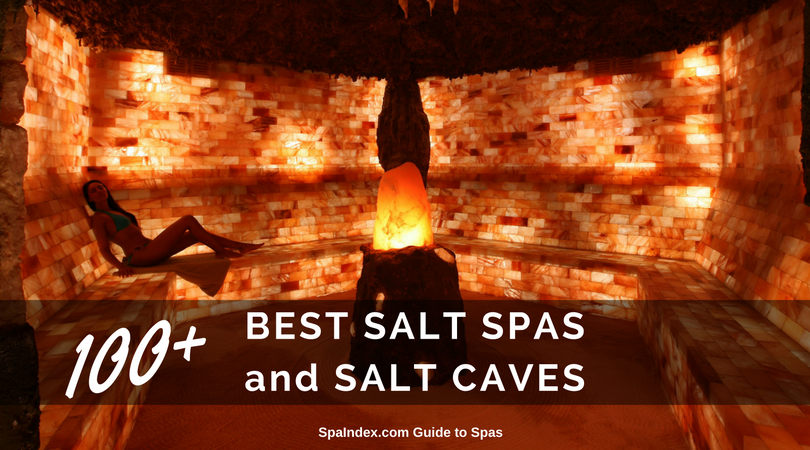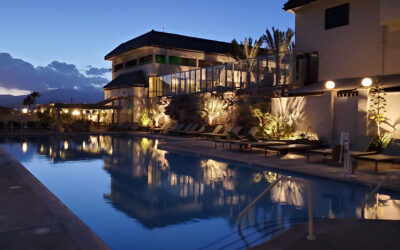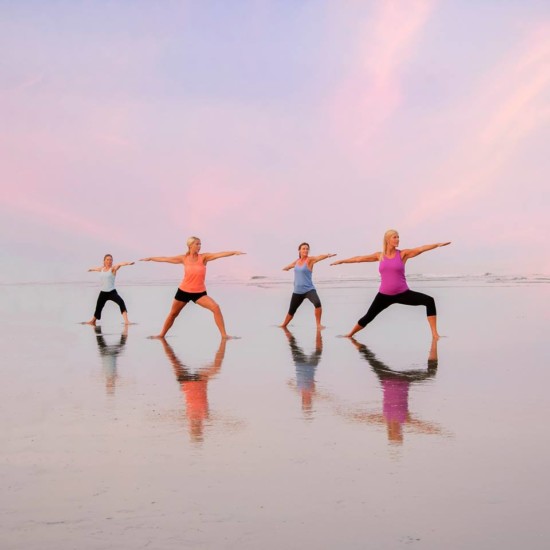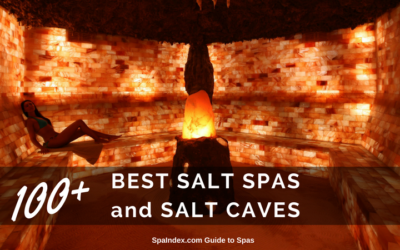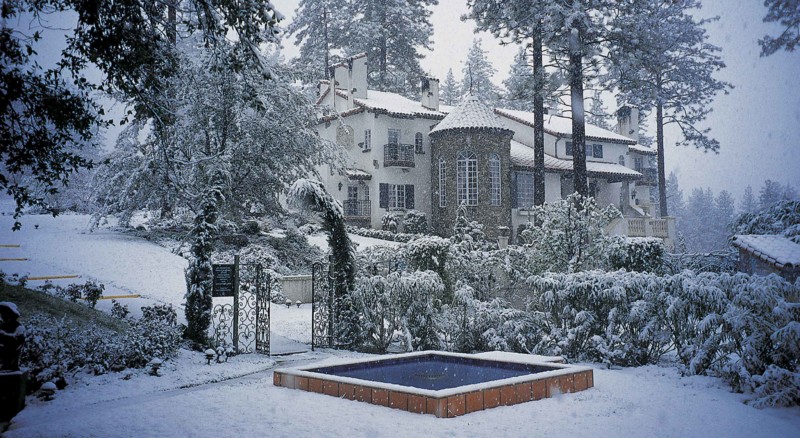What is a Salt Spa?
SALT SPAS
Salt Spas or Salt Rooms and Caves are wellness studios which feature halotherapy services — either passive through a resting in comfortable recliners or lounges in order to breath in the positive effects and negative ions produced by sea salt and sea salt architectural components (including floors and walls) or interactive — through the use of halogenerators or chambers and booths which increase the level of exposure. A Salt Spa encourages guests to relax in a scent-free and pure air environment which is conducive to improving respiratory health and addressing related allergy and other issues.
HALOTHERAPY
Halotherapy (also known as salt therapy) is is derived from the Greek word for salt — halos. There are a variety of stories about how it came to be considered a modern wellness treatment as a result of observing the positive effects on miners who spent prolonged periods of time in salt caves, but salt therapy is actually a centuries old treatment which is regaining popularity as an all-natural and drug-free remedy for respiratory, allergy and skin conditions, as well as stress and fatigue, equally suitable for adults and children. This resurgence is partly in thanks to the increasingly availability of man-made salt caves, salt rooms, salt spas, and salt chambers, more readily available and accessible than the historically isolated salt caves.
CAVE, SPA, CABIN, BOOTH OR CHAMBER?
The construction of modern Salt Caves and Spas differ. Some have salt tiled walls and crushed salt floors, for a passive breathe it in approach, while others have more interactive procedures, such as enclosed salt chambers and salt beds for a concentrated treatment.
Caves and Rooms may or may not use a halogenerator, which is a modern improvement on an old therapy, but all chambers, cabins and enclosed units use them. A halogenerator heats, crushes, and disperses micro-particles of salt into the salt chamber, room or cave. With the halogenerator, these concentrated salt particles are adjusted depending on the issues presented.
While European Spas have used natural salt caves for decades, and now many European and USA based spas offer man-made salt caves or rooms, use of these caves involves a time commitment, generally 45 minutes to an hour, to sit and breathe in the salty environment. Enter the Salt Chamber or Salt Bed. Salt Chambers offer a speedier alternative (often 20-30 minutes) by resting in an enclosed, dry salt unit, exposing you to a condensed and higher salt concentration than those found in large, shared salt rooms or caves.
WHY IS SALTY AIR GOOD FOR ME?
The heavy concentration of salt particles in the salt cave’s air make it nearly impossible for germs, bacteria, viruses and nasty bugs to thrive or survive. Consequently, airborne bacteria cannot spread. This makes a group salt cave session with other guests safe — unlike sharing an airplane row, which always guarantees a cold, with forced air driving bacteria and germs into your respiratory system. Also, the salt caves produce negative ions — the same well-being feeling you get when you spend a day at the ocean. A Salt Cave or Salt Spa is host to its own micro-climate, one which when breathed in deeply, acts as an anti-inflammatory and helps to decrease swelling and irritation from the inside out.
WET VS DRY THERAPY?
You’ll see “Dry Salt” therapy mentioned quite often in salt spas. Why this, as opposed to wet? Well, if you’ve used epsom salts in a bath or soak, or used sea salt as part of a body scrub with oils and water, you’ve already enjoyed wet therapy. Even the use of a nasal irrigation with saline, such as a Neti Pot, or gargling with salt water to relieve a sore throat, is “wet therapy.” One of our favorite shampoos is a tub of sudsy sea salt from LUSH — wet therapy for the scalp.
For respiratory therapy, however, the drier the “climate” and the salt — the better. Heated salt, whether in a salt cave or spa, even a heated salt lamp which gloves so lovely, or heated in a salt bed or chamber, produces negative ions and reduces moisture to the point the micro particles and micro climate is created and inhaled for the best result.
WHAT KIND OF SALT IS USED?
The majority of modern salt spas and caves use rock salt, generally pure Pink Himalayan salt, either crushed, cubes, or cut into bricks for walls and construction. It has a beautiful color range from pink to peachy, to rosy to a sunset orange color. It is mined from the Himalayan Mountain Range after having covered by lava for millions of years.
Pink Himalayan Salt is considered pure, pristine, and healthy, considering it has the same 84 trace minerals and elements found in the human body. These minerals are in colloidal form — which means their structure is small enough to be absorbed easily at the cellular level.
This is good for the body and the palate. It’s lower in sodium than common table salt, so you may see Punk Himalayan Salt available in table grinders at your favorite specialty food stores, or used as planks for presenting charcuterie.
WHY THE MESH RECLINERS?
We’ve seen Salt Caves and Spas with luxury leather recliners, plush bean bags, chaise lounges, and wooden benches. But most do have the familiar type of chair you are asking about — Zero Gravity Recliners. These chairs are not a lack of luxury — they are an added benefit. These NASA inspired recliners elevate your feet to heart-level or slightly above, and this position reduces strain on your spine, hastens relaxation, and encourages your spinal cord to align properly. Plus, having a metal lounge chair makes them easier to maintain and clean between guests and over time, just like a lounge chair in the sand at the beach.
ETIQUETTE
Each Salt Cave or Spa will have its own protocol it wishes you to follow, but a few key rules of etiquette will always in play.
The very heart of halotherapy is to breathe in deeply and cleanly, and anything which disrupts the purity of the air is discouraged. This means never come to a salt therapy session wearing perfume, heavily scented lotions or oils, or heavily scented clothing. If you can smell your favorite laundry scent, so can others.
Don’t wear loose jewelry which could get lost in the loose salt covered floor, and be prepared to either bring your own pair of clean white socks, or, don socks or shoe covers provided by the facility, to prevent soiling the salted floors with your shoes.
No liquids of any kind should be brought into the session, including water. Spills can be a disaster.
As in any spa setting, salt sessions are quiet and relaxing affairs, and cell phone use should be eliminated or kept to a bare minimum, unless you’ve booked a private room for yourself and your friends.
Bringing children? Ask about a family and child-friendly room — many salt spas have them — so that play is not only allowed, but encouraged, with appropriate toys, shovels, and even slides.
DIRECTORY OF SALT SPAS
Click here to find a Salt Spa, Salt Cave or Halotherapy Center near you, with our directory of more than 100 of the best halotherapy providers, and more added daily. Pictured Above: Salt Cave Santa Barbara
ALSO SEE THESE WELLNESS RESOURCES
Grand Opening 2024 – The Ranch Hudson Valley
Skyterra All Inclusive Health Retreats – North Carolina
Spa Getaways – Azure Palm Hot Springs
Special Offers at Hilton Head Health – South Carolina
Best Salt Spas, Salt Caves and Halotherapy Studios
Yosemite Honeymoon – Château du Sureau, Oakhurst, CA
BROWSE MORE SPAS
Browse all of our Day Spas, Spa Hotels, Resorts and Retreats
EVENT CALENDAR
Our Event Calendar has health and wellness retreats, community events, seminars and webinars, contests, and holiday and open house events.


